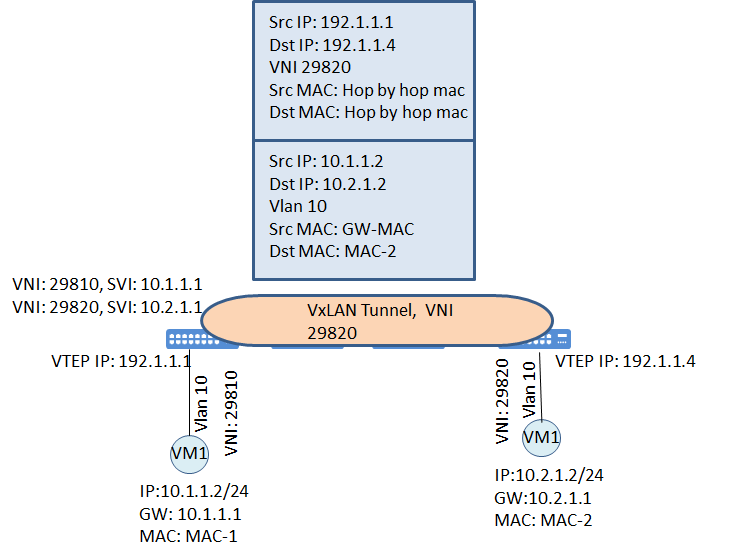A gateway is a device that ensures communication between VXLANs identified by different VNIs and between VXLANs and non-VXLANs. With the distributed gateway routing Layer 3 gateways are configured on leaf devices. With the distributed gateway deployment a leaf node only needs to learn the ARP entries of servers attached to it. VXLAN routing of …







